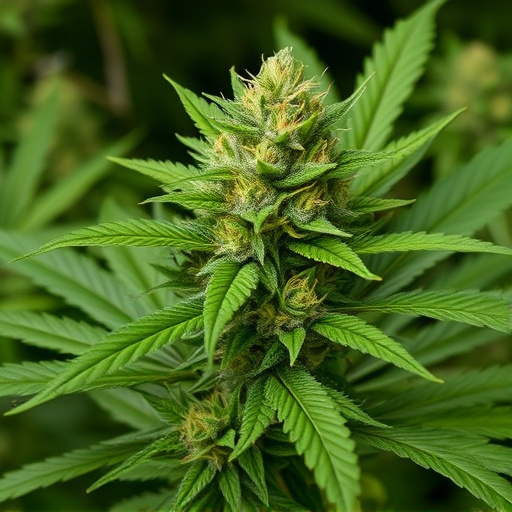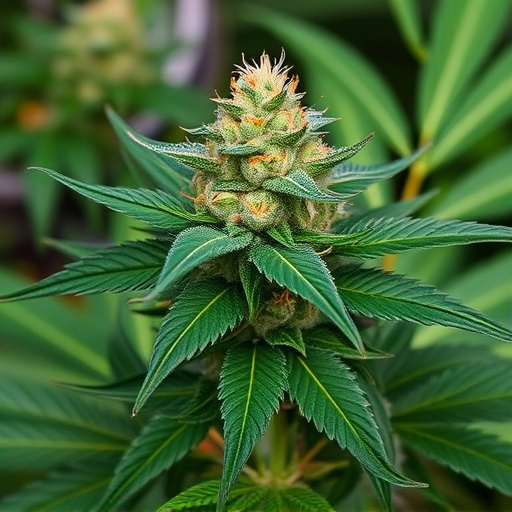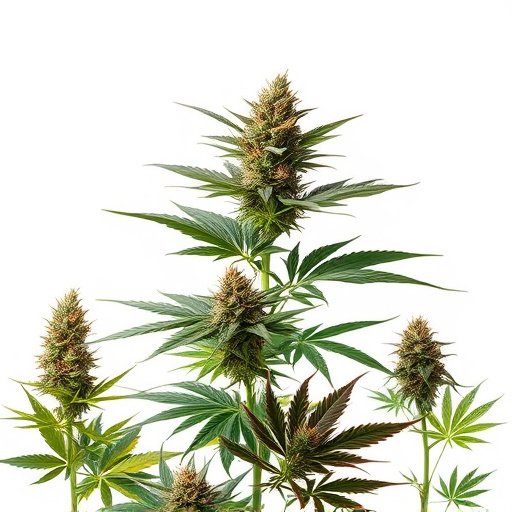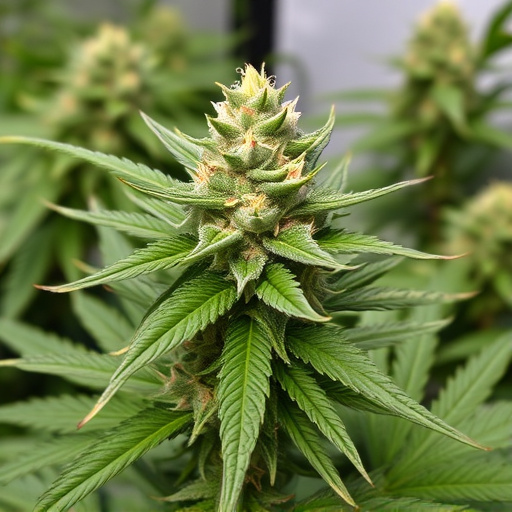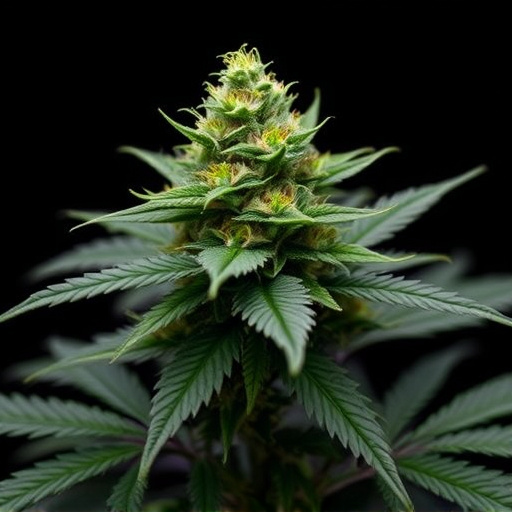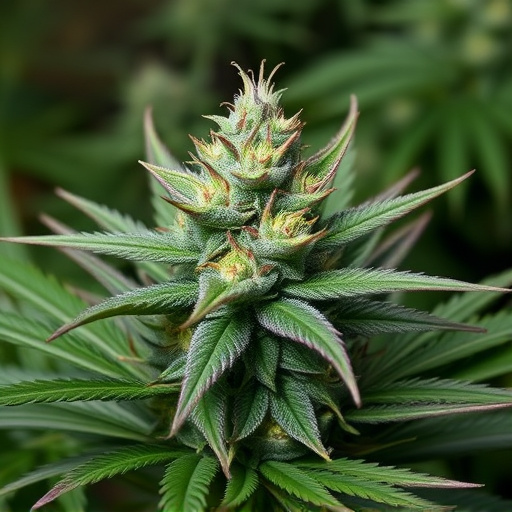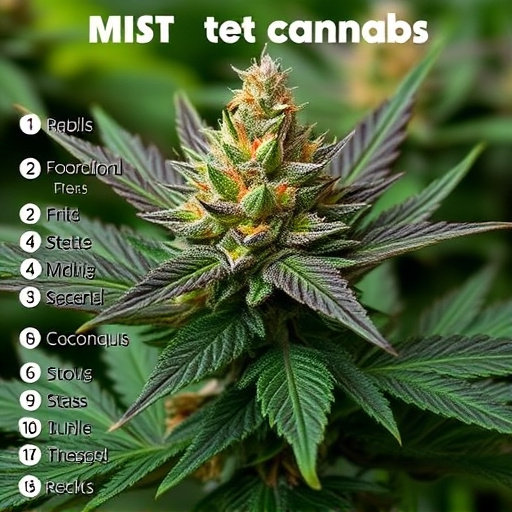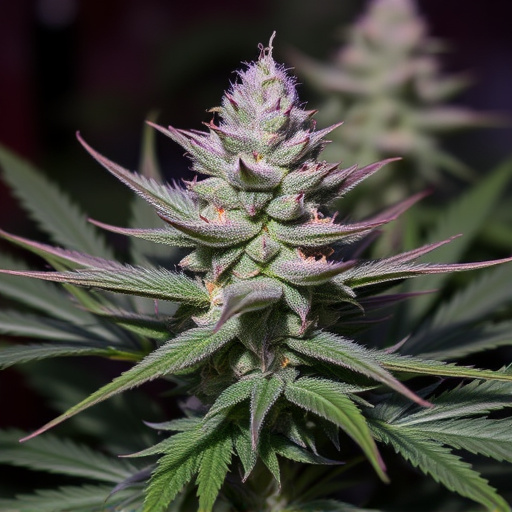THC in popular cannabis strains like Blue Dream and Girl Scout Cookies interacts with our bodies' endocannabinoid system, regulating appetite by intensifying hunger hormones. This effect has medical potential for treating conditions characterized by low appetite. The human appetite is controlled by a hormonal network including leptin, ghrelin, and cannabinoid receptors CB1 and CB2, which can be influenced by THC, potentially leading to decreased food intake. Indica strains are known for stimulating hunger due to high THC levels, while Sativa strains sometimes suppress appetite through CBD content. Exploring these most popular cannabis strains offers insights into desired effects based on cannabinoid interactions with hunger hormones.
“Unraveling the complex relationship between THC and hunger hormones offers a fascinating glimpse into the world of cannabis. This article explores how tetrahydrocannabinol (THC), the iconic psychoactive compound, influences our appetite. We delve into the science behind it, examining the interplay between THC and the body’s cannabinoid receptors, which regulate hunger. Additionally, we uncover the effects of popular cannabis strains known for their impact on appetite, providing insights for both curious minds and those seeking to understand the most popular cannabis strains in terms of their culinary consequences.”
- Understanding THC and Its Impact on the Body
- The Role of Hunger Hormones and Cannabinoid Receptors
- Exploring Popular Cannabis Strains and Their Effects on Appetite
Understanding THC and Its Impact on the Body
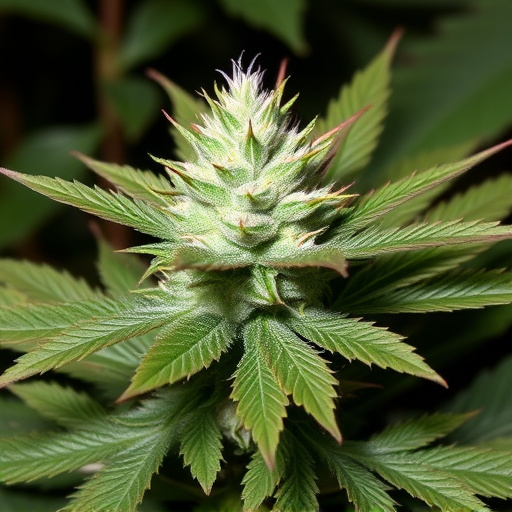
THC, or tetrahydrocannabinol, is one of the most prominent compounds found in cannabis plants, giving users the characteristic ‘high’. It interacts with the endocannabinoid system (ECS), a complex signaling network within our bodies that regulates various functions, including appetite and metabolism. This interaction can significantly impact hunger hormones, leading to the well-documented effect of cannabis on appetite stimulation.
The most popular cannabis strains often contain varying THC concentrations, influencing the intensity of its effects. Higher THC levels in strains like Blue Dream or Girl Scout Cookies can lead to more pronounced changes in hunger hormones, causing users to feel hungry and potentially seek out food. This phenomenon has sparked interest in both medical and recreational communities, as understanding how THC affects hunger could provide insights into potential treatments for conditions like anorexia or cachexia, while also offering a new perspective on the cultural association between cannabis and appetite enhancement.
The Role of Hunger Hormones and Cannabinoid Receptors
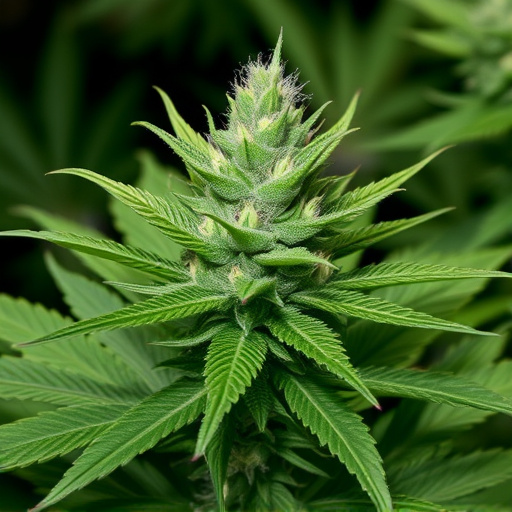
The human body’s appetite and hunger are regulated by a complex system of hormones, with key players including leptin, ghrelin, and cannabinoid receptors. These hormones signal the brain when we’re hungry or full, influencing our eating habits and overall metabolic health. Cannabinoid receptors, specifically CB1 and CB2, are integral to this process. They interact with compounds like tetrahydrocannabinol (THC), found in popular cannabis strains, which can impact hunger signals.
When THC binds to CB1 receptors in the brain’s appetite-regulating areas, it may suppress hunger, leading to reduced food intake. This effect is often noticed by users who report decreased appetite after consuming cannabis. However, the interaction between THC and these hormones is complex and can vary based on individual factors, strain characteristics, and dosage. Understanding this interplay offers insights into potential therapeutic applications, especially in managing conditions like anorexia or weight gain difficulties.
Exploring Popular Cannabis Strains and Their Effects on Appetite
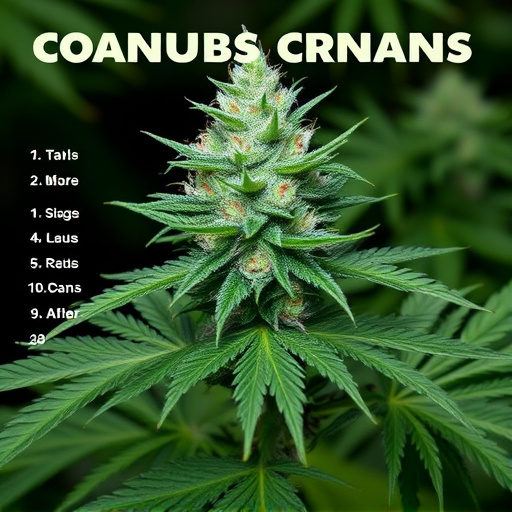
Cannabis has long been known for its impact on appetite, and different strains offer unique experiences in terms of hunger stimulation or suppression. Exploring popular cannabis strains can provide valuable insights into how various compounds, including THC (tetrahydrocannabinol), interact with our body’s hunger hormones.
Among the most popular cannabis strains, Indica varieties are renowned for their relaxing and appetite-stimulating effects. Strains like Blue Dream, OG Kush, and Granddaddy Purple contain higher levels of THC, which can trigger the release of hunger-inducing hormones like ghrelin. In contrast, Sativa strains often produce a more energetic and cerebral high, and some may even suppress appetite due to their content of another cannabinoid, CBD (cannabidiol). Popular Sativas like Jack Herer and Super Silver Haze are known for these properties. Understanding the specific profiles of these strains can help users make informed choices based on their desired effects.
THC’s influence on hunger hormones offers a compelling insight into the complex relationship between cannabis and appetite. By understanding how these compounds interact with our body’s natural systems, we can appreciate the varying effects of different cannabis strains, including the most popular cannabis strains known for their impact on stimulating or suppressing the senses of taste and smell, ultimately affecting dietary intake. While research continues to unravel these complexities, recognizing the role of THC in modulating hunger hormones paves the way for further exploration into potential therapeutic applications and personalized approaches to managing appetite-related conditions.
